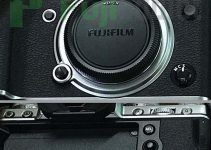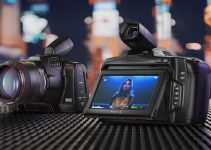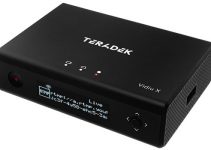Back in 2012 when the award-winning filmmaker and co-founder of the small production company Sanchez-Olaso, Miguel de Olaso Macgregor accidently found how he can take the time-lapse photography to a whole new level by developing the so-called Quicklapse technique. He was on a trip to Iceland when suddenly he ran across a damaged accessory cable of the external recorder of his Sony F35 that left him unable to work for the rest of his trip.
Since he didn’t want to come back home without quality footage of the staggering Nordic landscapes, he decided to use his Nikon D800 as a backup camera. But instead of shooting a standard HD video with it, Miguel took advantage of the camera’s burst mode to take continuous still images with the idea of turning them into a real-time video later.
The so-called Quicklapse is an alternative way to shoot time-lapse videos after capturing continuous bursts of still images and applying interpolation algorithms in post-production to fill up the missing frames. The final result is a mind-boggling video with unsurpassed image quality and colour fidelity.
According to Miguel de Olaso the Quicklapse workflow is perfect for various interior design and iconic architecture places. In collaboration with his partner Art Sanchez, Miguel devoted his time to creating a new concept for shooting architecture films in particular by taking advantage of the photo burst mode of the DSLRs and the entire post-production workflow that they had developed. They utilized the same technique while working on one of their recent projects Son Brull Hotel&Spa.
8K video – Son Brull Hotel&Spa – architecture motion photography from Macgregor on Vimeo.
The video was produced by capturing of more than 50 000 8K still raw images. They used Lightroom for the raw conversion and colour grading. It took more than two weeks to export the 36mpx color corrected raw material to 4K.
Once they had the exported image sequences, they imported those into After effects, where they applied other effects such as stabilization, perspective control and time remapping. This process took about two more weeks. Finally, they exported the clips on either uncompressed or CineForm codec video files and edited them in Sony Vegas in 4K resolution.
For the actual shoot both used the Nikon D800 as the main camera, a custom intervalometer built especially for the project, Stage One slider, a complete set of Nikon mount lenses, and a few Hasselblad Medium format lenses with a tilt&shift Nikon adapter.
For a month before the actual shooting, they compare the best DSLR cameras available to date to test their buffer capabilities Canon 1DC, Canon 5D Mark III, Nikon D4, Nikon D800, Sony A7, A7R, Sony a99 and Sony a6000. They took into account the useful dynamic range and overall image quality of each camera. After a month of tests, they ended up with the decision to pick the Nikon D800 as the best match and final choice of camera for this project.
With their new architectural motion photography technique, they managed to go one step further recreating the mood and feeling of the buildings they shot and the experience of being in space itself. This story is another proof that the most important thing in creating a visual appealing imagery is not necessary the equipment you are using, but the innovative vision and ideas you have to recreate your visual ideas in a new innovative way.
You can find the full story on Miguel and Art’s latest project on their blog.
Disclaimer: As an Amazon Associate partner and participant in B&H and Adorama Affiliate programmes, we earn a small comission from each purchase made through the affiliate links listed above at no additional cost to you.




